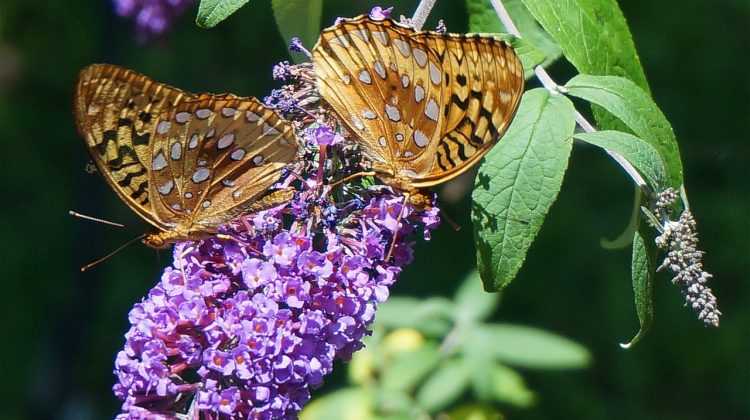
Butterfly bush, or Buddleia, is a beautiful flowering shrub attractive to butterflies and pollinators.
The plant produces long, spiked trusses of flowers in shades of purple, pink, white, and yellow, making it a popular choice for gardens and landscapes.
While butterfly bush is easy to grow, there are a few things you need to know to ensure maximum success.
For example, the plant requires full sun and well-drained soil to thrive. It is also important to prune the shrub in early spring to promote healthy growth and flowering.
This article will provide you with a comprehensive guide to growing and caring for butterfly bush. We will cover everything from planting and soil requirements to pruning and pest control.
Whether you are a seasoned gardener or a beginner, this guide will help you achieve a beautiful and healthy butterfly bush in your garden.
In this article, we'll cover
1. What is a Butterfly Bush?
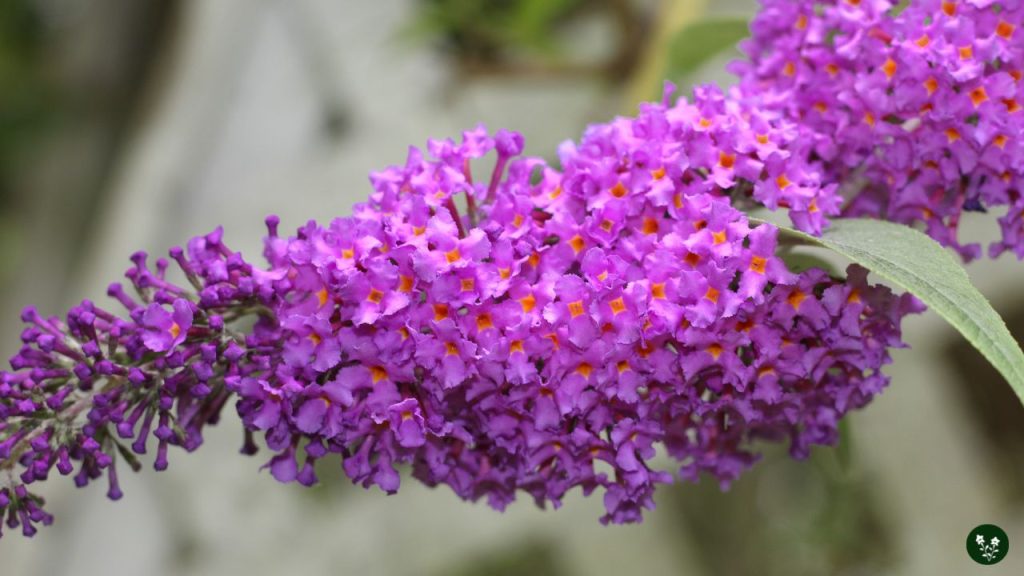
The butterfly bush, also known as Buddleia davidii, is a fast-growing, deciduous semi-evergreen shrub native to China and other parts of Asia.
It is a popular garden plant because of its beautiful, fragrant flowers that attract butterflies and other pollinators.
The butterfly bush can grow up to 10 feet tall and 10 feet wide, with a rather open, arching form. Its leaves are opposite-growing, 5-10 inches long, and have jagged edges.
The flowers of the butterfly bush are long, spiked trusses that bloom from summer to fall and come in various colors, including purple, pink, white, and yellow.
The butterfly bush is a low-maintenance plant that is easy to grow and care for. It is drought-tolerant and can grow in various soil types as long as the soil is well-draining.
The plant prefers full sun but can tolerate some shade. It is also relatively pest and disease-resistant.
2. Benefits of Growing a Butterfly Bush
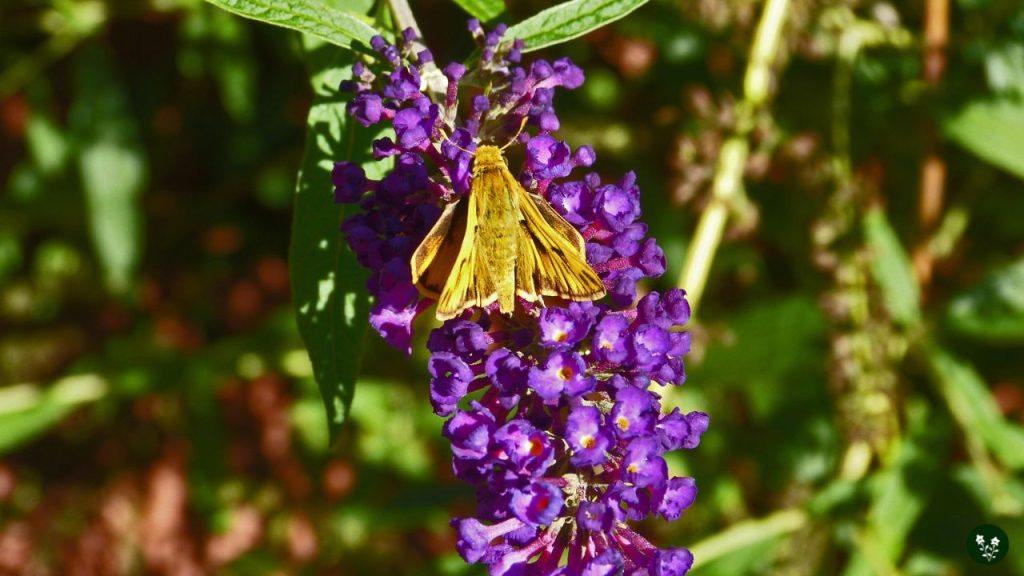
Attracting Butterflies
One of the main benefits of growing a butterfly bush is that it attracts butterflies to your garden.
According to Patricia Collins, retired director of gardens for Callaway Gardens in Pine Mountain, butterfly bushes attract butterflies.
This is because butterfly bushes produce nectar, a food source for adult butterflies. By planting a butterfly bush, you can create a habitat for these beautiful insects and enjoy their presence in your garden.
Low Maintenance
Butterfly bushes are also low-maintenance plants. They don’t require much care and attention, making them a great choice for busy gardeners.
Once established, butterfly bushes are drought-tolerant and withstand hot, dry weather. They also don’t require a lot of pruning, although pruning them back in the early spring can help promote new growth and more blooms.
Variety of Colors and Sizes
Butterfly bushes come in various colors and sizes, making them a versatile addition to any garden. They can range in size from small shrubs to large trees, and their blooms can be pink, purple, white, or even yellow.
This means you can choose a butterfly bush that fits your garden’s color scheme and size requirements.
In summary, growing a butterfly bush can be a great way to attract butterflies to your garden while enjoying a low-maintenance plant in various colors and sizes.
3. How to Grow a Butterfly Bush
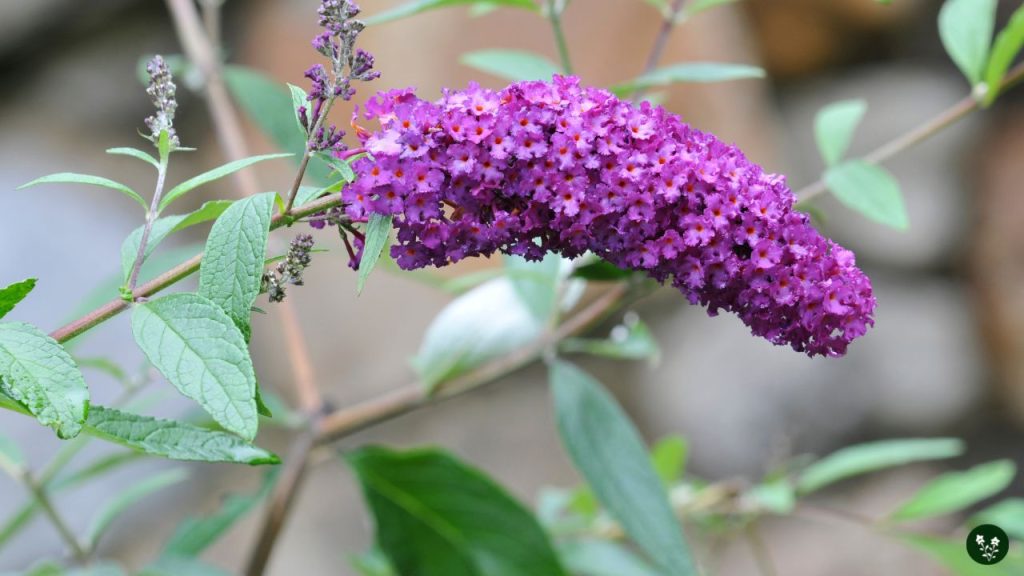
Choosing the Right Location
Butterfly bushes require full sun to grow well. Choose a location that receives at least 6 hours of direct sunlight daily.
They also prefer well-draining soil, so avoid planting them in areas prone to standing water.
Preparing the Soil
Before planting, prepare the soil by loosening it to a depth of 12 to 15 inches and adding a 2 to 4-inch layer of compost.
Mix the compost into the soil well to improve its fertility and drainage.
Planting the Butterfly Bush
When planting a butterfly bush, dig a hole twice the diameter of the plant container. Gently remove the plant from the container and loosen any tangled roots before placing it in the hole.
Backfill the hole with soil, pressing it down firmly around the base of the plant. Water the plant thoroughly to help settle the soil.
Watering and Fertilizing
Butterfly bushes require regular watering, especially during periods of drought. Water deeply once or twice a week, depending on rainfall and soil conditions.
Fertilize the plant in early spring with a balanced fertilizer to encourage healthy growth and blooming.
Pruning and Maintenance
Prune butterfly bushes in early spring before new growth appears. Cut back the previous year’s growth to within a few inches of the main stem.ac
This will encourage new growth and help maintain the plant’s shape. Deadhead spent blooms regularly to encourage more blooms throughout the growing season.
4. Common Problems and Solutions
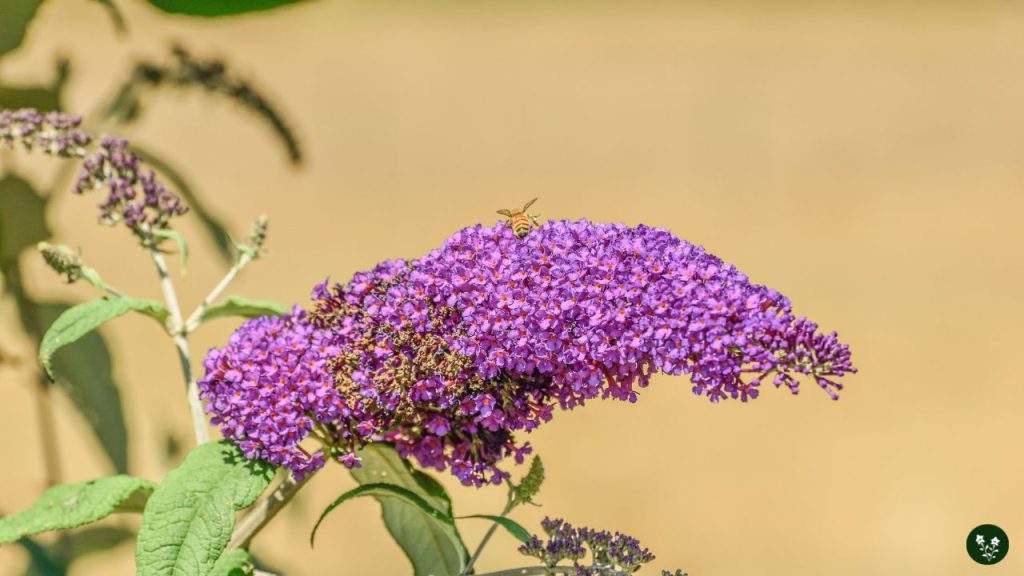
Pest and Disease Control
Butterfly bush is generally a low-maintenance plant, but like any other plant, it can fall victim to pests and diseases.
Pests affecting butterfly bush include spider mites, aphids, and leaf beetles.
Spider mites and aphids can be controlled by regularly spraying the plant with water to remove them or by using insecticidal soap or neem oil.
Leaf beetles can be controlled by handpicking them off the plant or using insecticides labeled for use against them.
Several diseases can also affect the butterfly bush, including root and crown rot. These diseases are caused by fungi that thrive in wet soil conditions.
To prevent root and crown rot, ensure the soil around the plant is well-draining and avoid overwatering.
If the plant is already infected, remove the affected parts and treat the plant with a fungicide according to the manufacturer’s instructions.
Dealing with Winter Damage
In colder climates, butterfly bushes may suffer from winter damage. The most common winter damage is dieback, where the tips of the branches die due to exposure to cold temperatures.
To prevent dieback, it is important to prune the plant in late winter or early spring before new growth begins.
This will help remove any damaged or dead branches and encourage new growth.
If the plant has already suffered from winter damage, prune it back to healthy wood and wait for new growth.
Be patient, as butterfly bush may take some time to recover from winter damage.
Additionally, it is important to protect the plant during the winter months by covering it with a layer of mulch or burlap.
This will help insulate the plant and protect it from extremely cold temperatures.
Conclusion
Butterfly bush is popular for gardeners who want to attract butterflies and pollinators to their yards.
It is a hardy shrub that can tolerate drought and poor soil conditions. However, it is important to note that it can be invasive in some areas, so it is important to check with your local extension office before planting.
One of the key differences between butterfly bush and lilac is their drought tolerance. Butterfly bush is much more tolerant of drought than lilac.
Additionally, the butterfly bush has a longer blooming period than the lilac, which only blooms for a few weeks in the spring.
The mystery of how butterfly bush attracts butterflies is still being studied, but it is believed that the scent of the flowers and the nectar they produce are key factors.
The spiritual meaning of the butterfly bush is associated with transformation and life changes, making it a popular choice for those looking to add a symbolic touch to their garden.
Butterfly bush is worth considering if you want to attract butterflies to your garden. Its hardiness and ability to attract pollinators make it a great addition to any garden.
Just remember to check with your local extension office to make sure it is not invasive in your area.
Leave a Reply